Reading Comprehension Passages
We have an extensive curriculum of nonfiction and fiction reading passages, each with detailed multiple-choice questions that match specific CCSS language and reading goals. Designed by experienced educators to help student who need a boost in reading and test-taking, they are invaluble classroom resources. Contact cs@readwithyou.com for passages on a wide range of topics and genres.
Sample non-fiction Grade 2 Reading Comprehension Passages
Sample non-fiction Grade 4 Reading Comprehension Passages
Sample non-fiction Grade 6 Reading Comprehension Passages
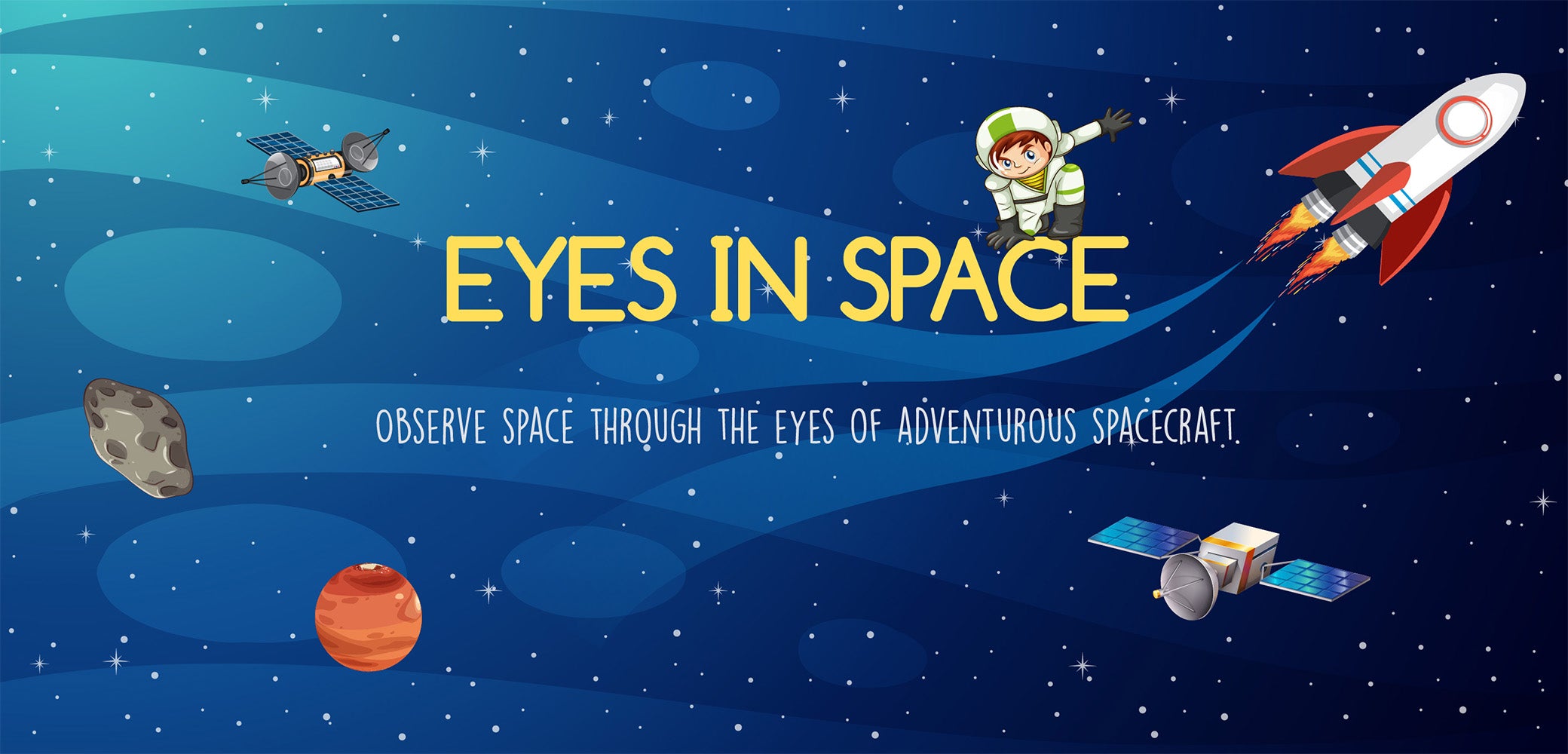
Spacecraft Coloring Pages (Coming Soon)
Rovers, Satellites, Telescopes, Probes, and More!
Spacecraft Fun Facts
Can’t get enough of the engineering marvels that fly through space? Have you read all twenty Eyes in Space books and need some more inspiration? The cool trivia below will impress even your most Earth-centered friend.
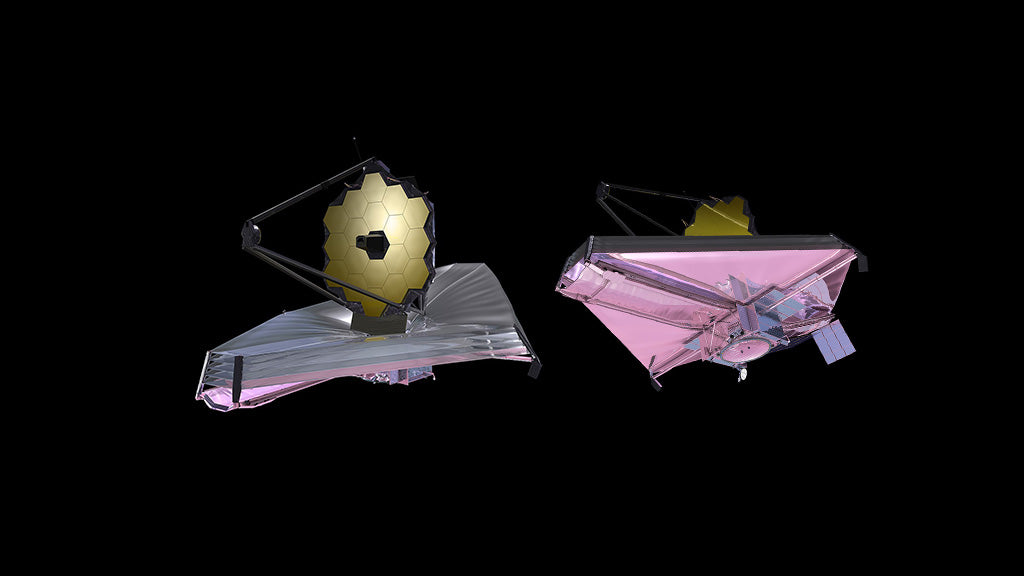
James Webb Space Telescope
James Webb is 6.5 meters (21.3 ft) in diameter, made out of 18 different mirror segments.
Its mirrors are made out of beryllium.
Its powerful state-of-the-art infrared instruments will enable it to see the light from the universe’s first stars and galaxies.
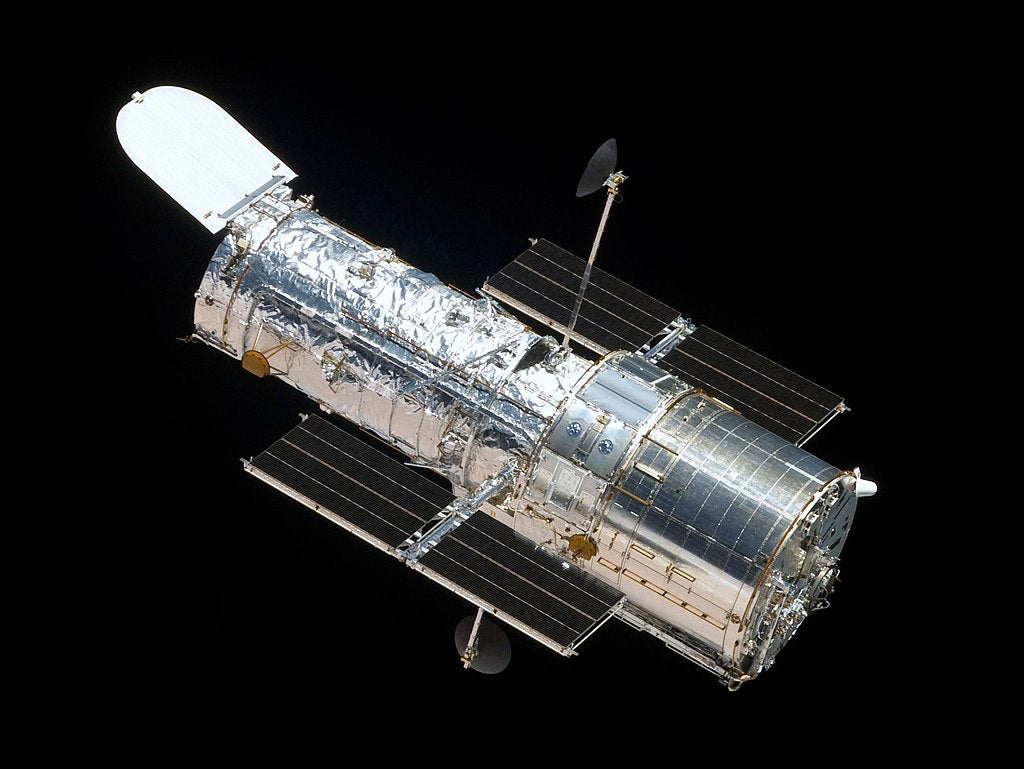
The Hubble Space Telescope
Pair text with an image to focus on your chosen product, collection, or blog post. Add details on availability, style, or even provide a review.
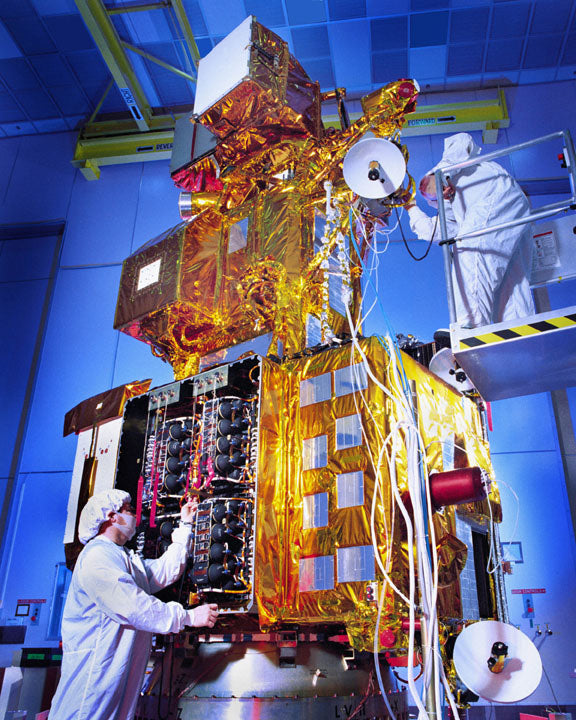
Landsat 7 Earth Satellite
Landsat 7 weighed 2,200 kilograms when it was launched!
It orbits the Earth at a height of about 00 kilometers.
It takes thousands of pictures of Earth so that scientists can study how Earth is changing!
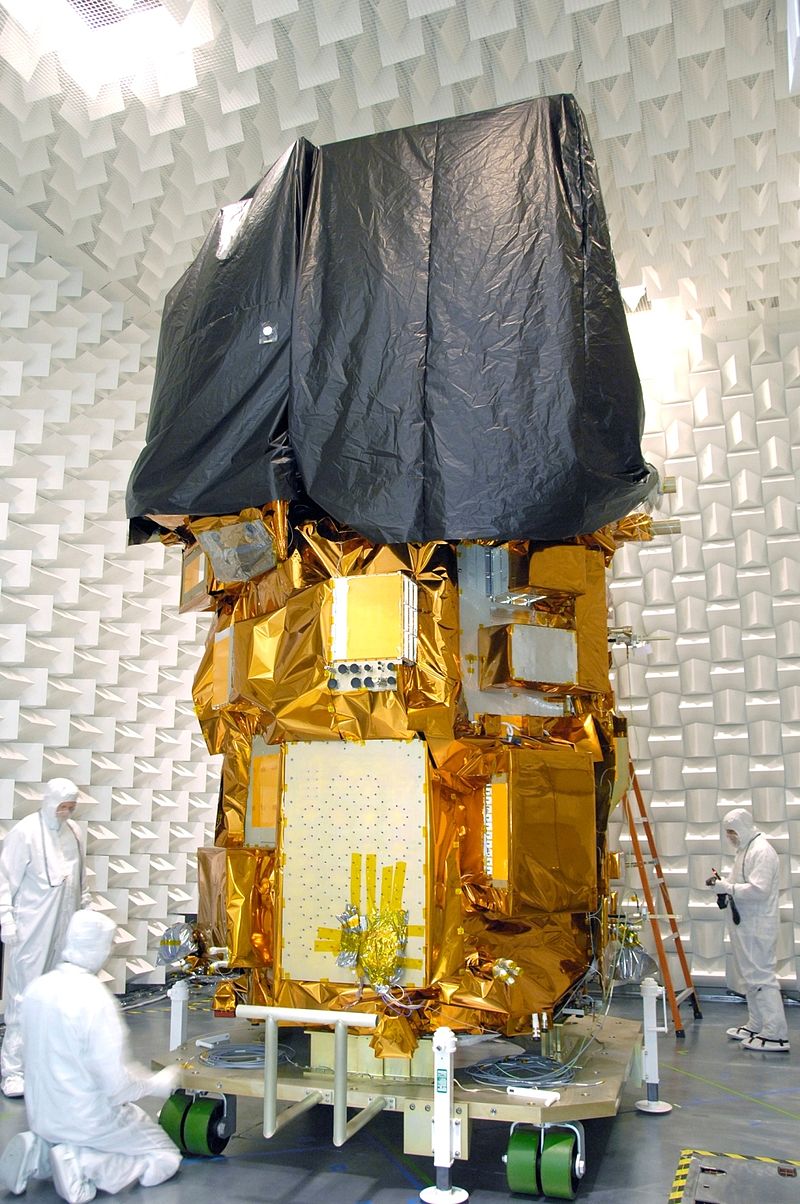
Landsat 8 Earth Satellite
Landsat 8 orbits the Earth once every 99 minutes.
It is powered by a single solar array.
It carefully observes how the Earth’s land areas, polar caps, and climate change!
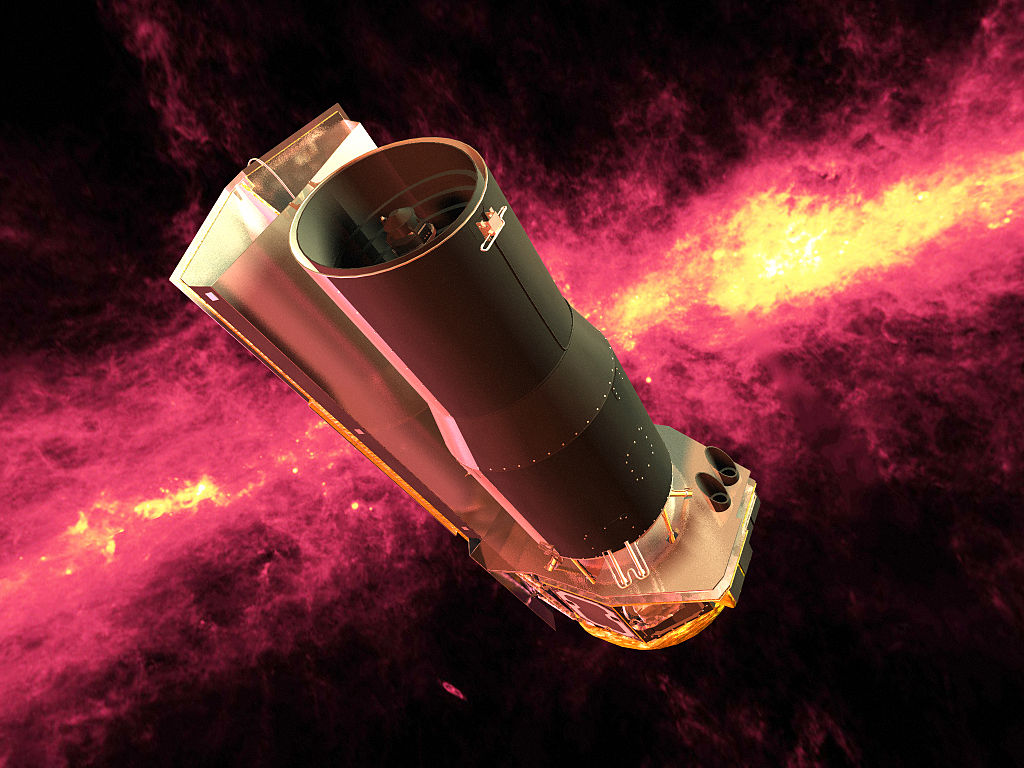
Spitzer Space Telescope
Spitzer took amazing photos of the universe for 16 years.
It found an undiscovered ring around Saturn.
It found many Earth-sized exoplanets!
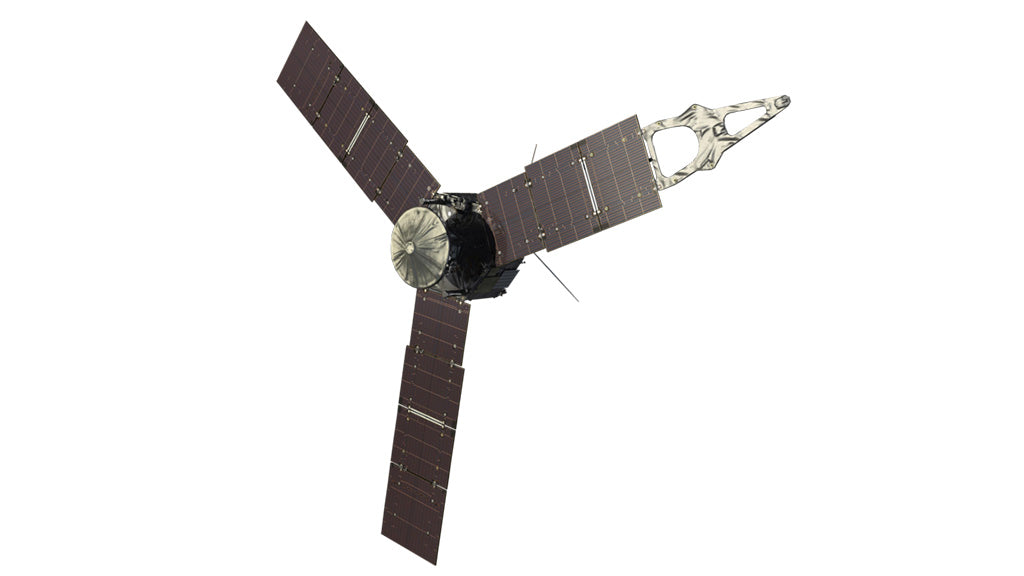
Juno Space Probe to Jupiter
Juno took 5 years to reach its orbit around
Jupiter.
Juno spins in place to keep itself stable
as it orbits Jupiter.
Every 53 days, it gets close enough to
Jupiter to take photos and measurements!
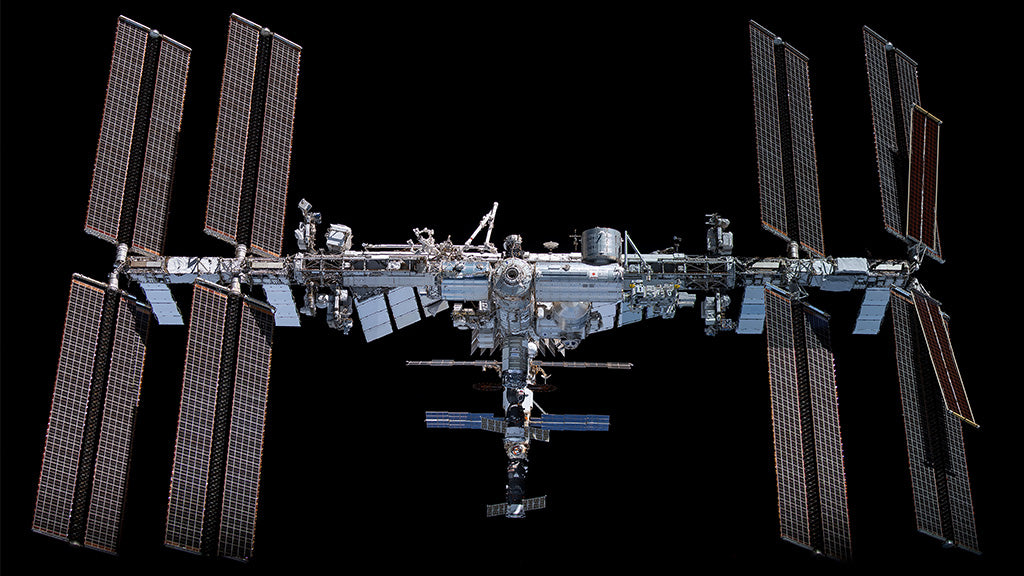
International Space Station
16 countries helped build the International Space Station!
It took 136 space flights to bring all the pieces up to space and put the station together.
It is the third brightest object in the sky, after the Moon and Venus.
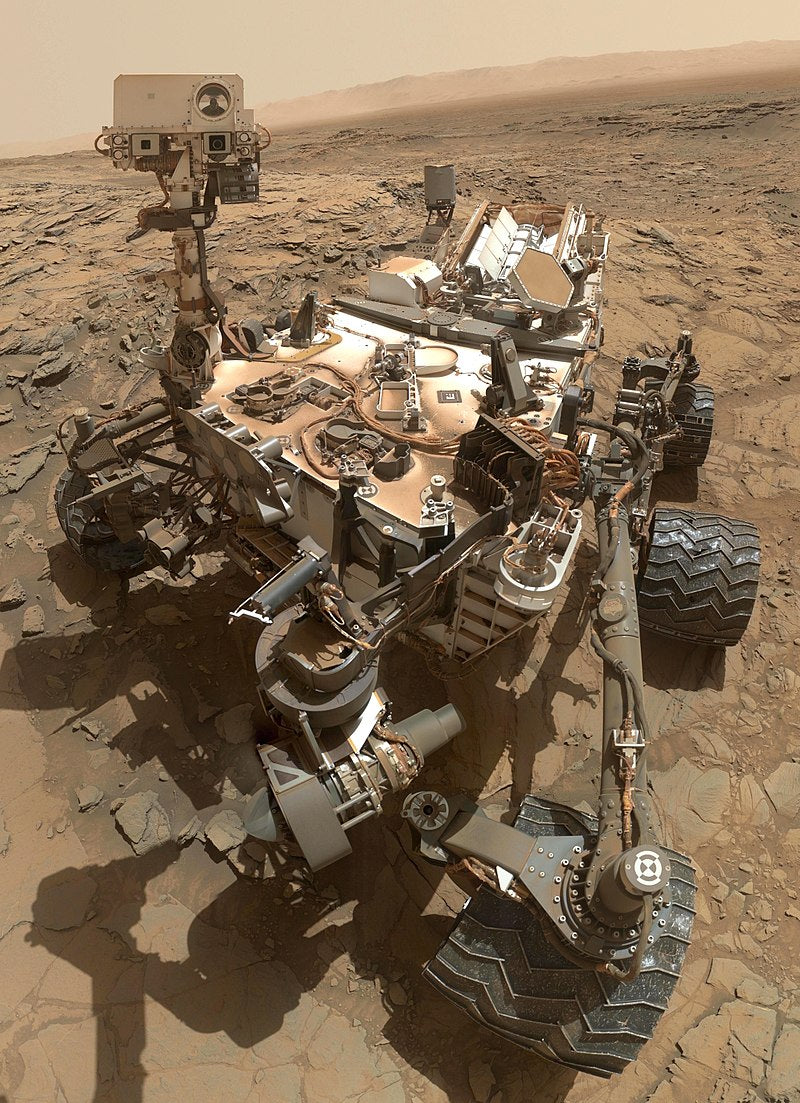
Curiosity Mars Rover
Curiosity was the first spacecraft to land with a parachute and rocket landing system.
It is the size of a car and can travel about 2 meters per minute.
It is designed to be able to roll over rocks as big as its wheels!
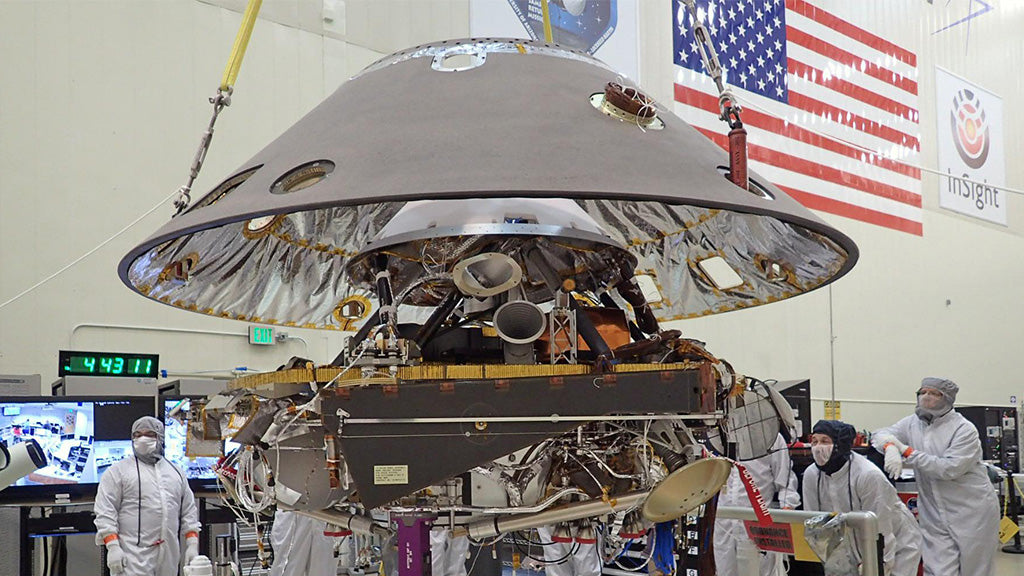
InSight Mars Lander
InSight is the first Mars lander to study deep under the planet’s crust.
It is 6 meters long when it has its solar panels out.
It has a seismometer to look for earthquakes on Mars!
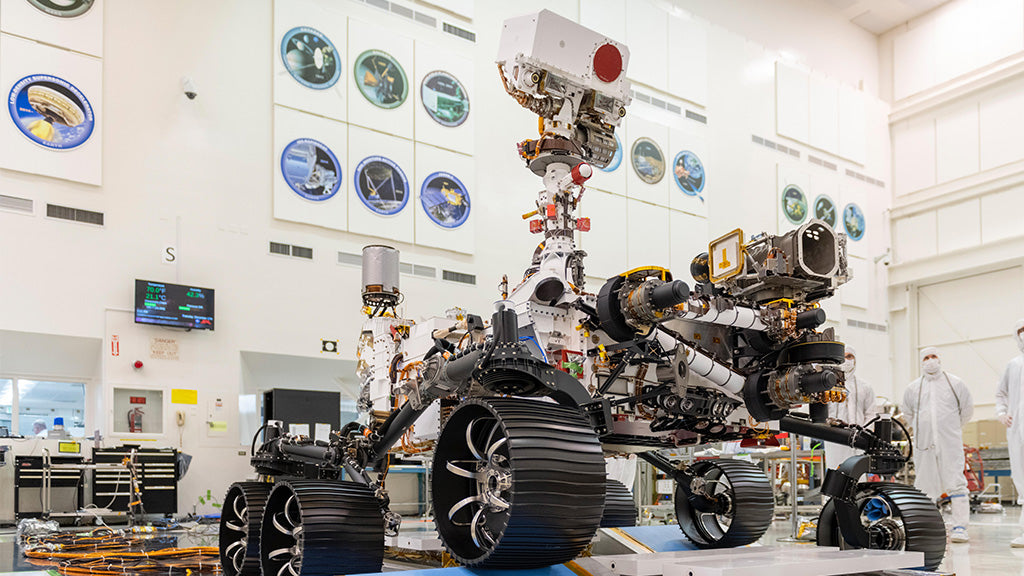
Perseverance Mars Rover
Perseverance explores Mars looking for
signs of ancient life.
It is the first rover to carry and launch a
helicopter.
Perseverance is collecting soil samples to
return to Earth in the future!
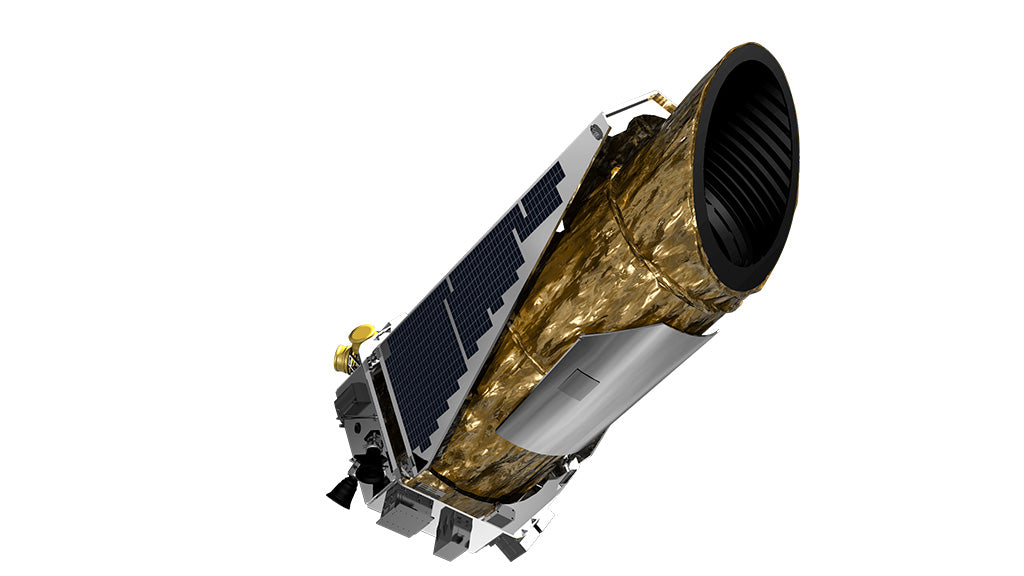
Kepler Space Telescope
Kepler searches the Milky Way to find planets like Earth.
Its telescope is so strong that if it orbited Earth, it could detect a single porch light turning on and off.
It had the largest camera ever launched
into space!
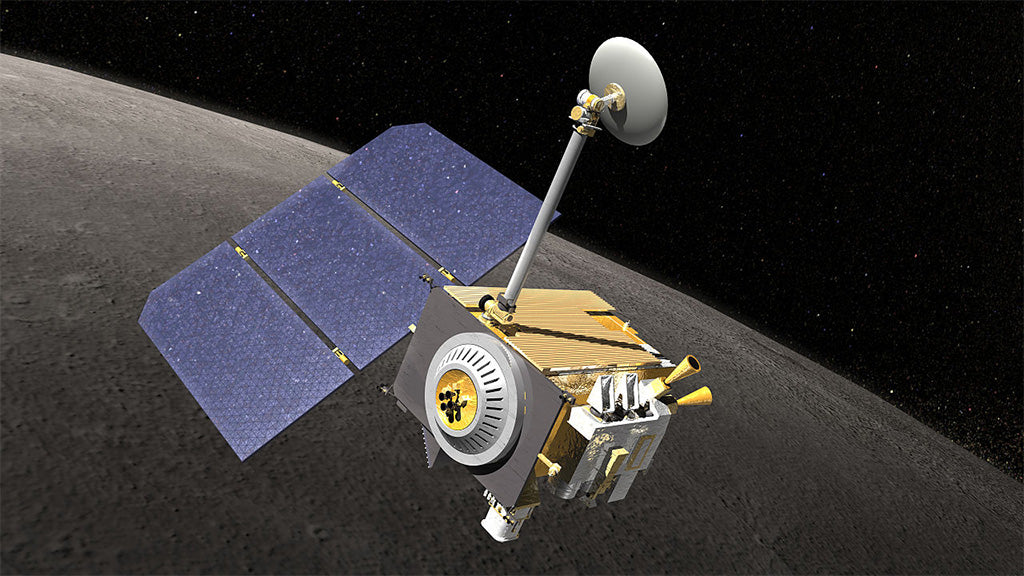
Lunar Reconnaissance Orbiter
LRO has traveled over 200 million kilometers while orbiting the Moon.
It confirmed that the Moon is cooling and shrinking!
It took over 6 billion measurements of the Moon’s surface.
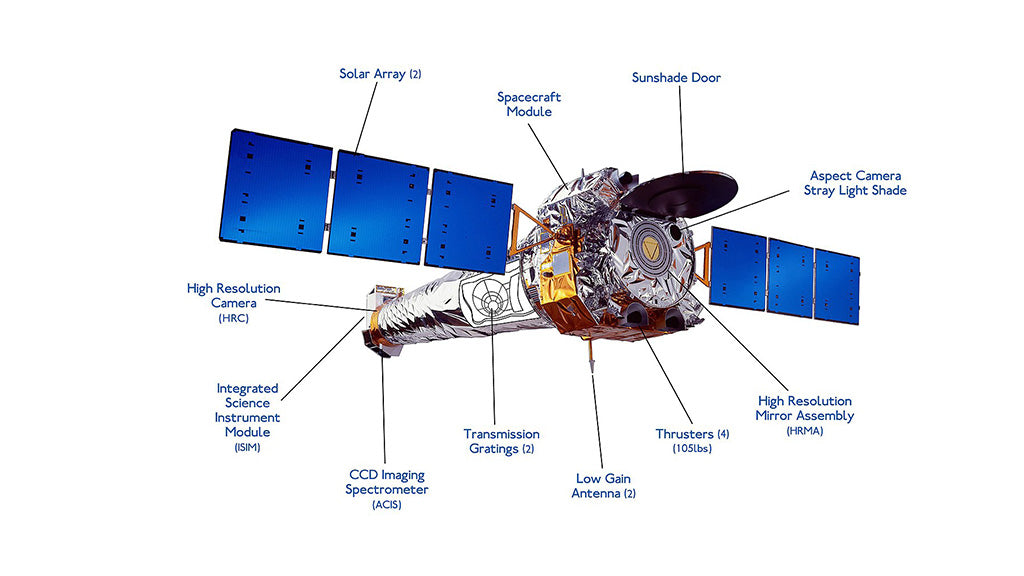
Chandra X-Ray Observatory
Chandra weighs 4,800 kilograms.
Chandra’s mirrors are coated in iridium, a shiny precious metal.
It has observed light that traveled
through space for more than 12 billion years!
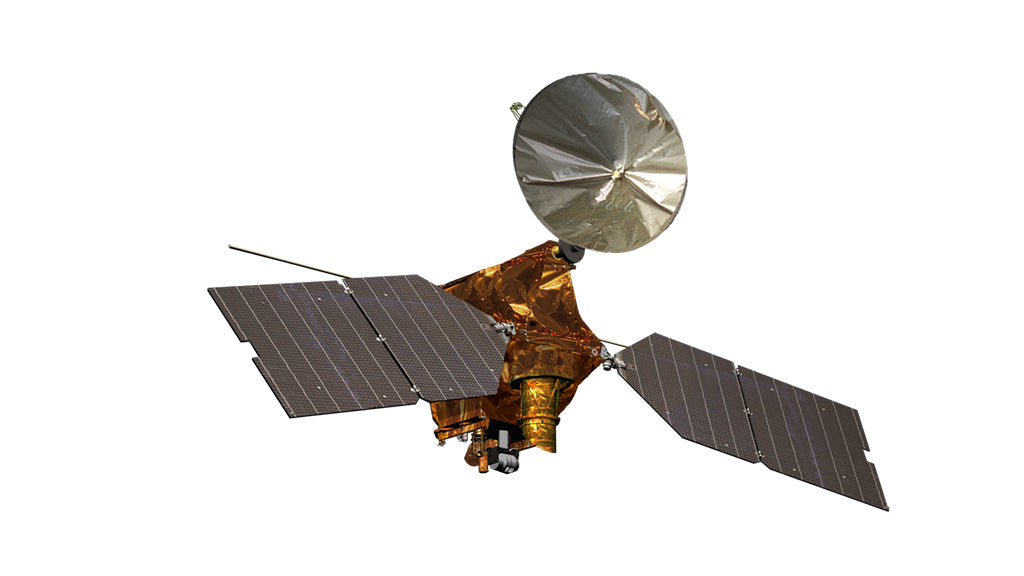
Mars Reconnaissance Orbiter
MRO studies the surface and weather of Mars.
It has orbited Mars over 60,000 times!
It is carrying the largest telescope ever sent to another planet.
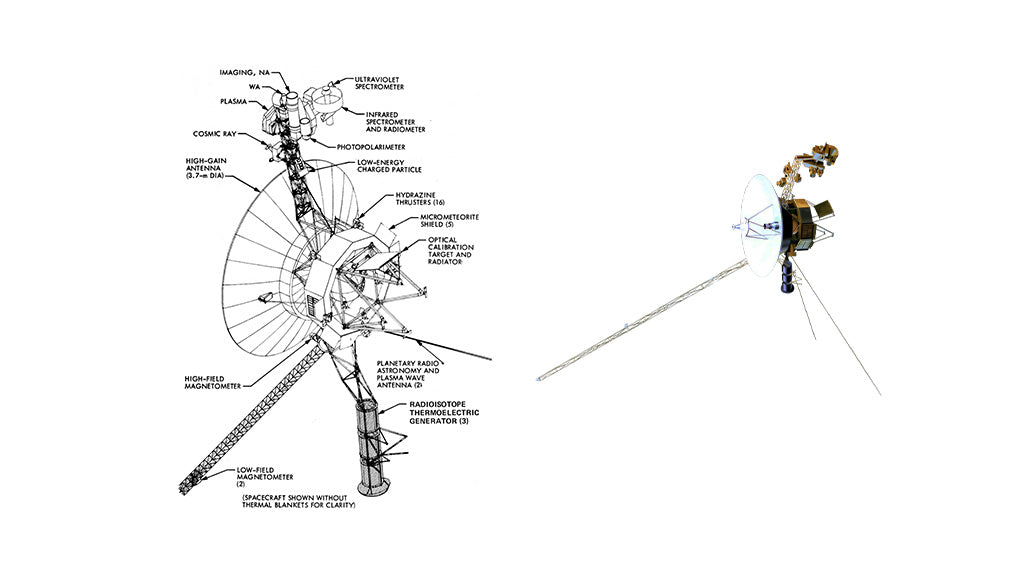
Voyager 1 Space Probe
Voyager 1 is the farthest spacecraft from Earth!
It launched in 1977 and traveled through the solar system.
It found active volcanoes on Jupiter’s moon Io.
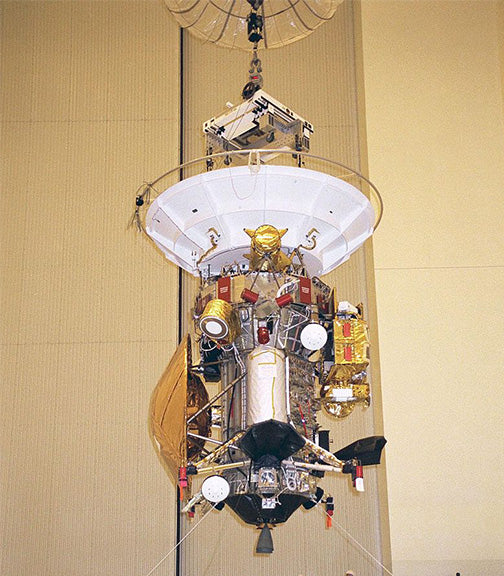
Cassini Space Probe to Saturn
Cassini carried the Huygens probe to Saturn’s largest moon.
It collected 635 gigabytes of scientific data.
It completed 294 orbits before it was crashed into Saturn!
